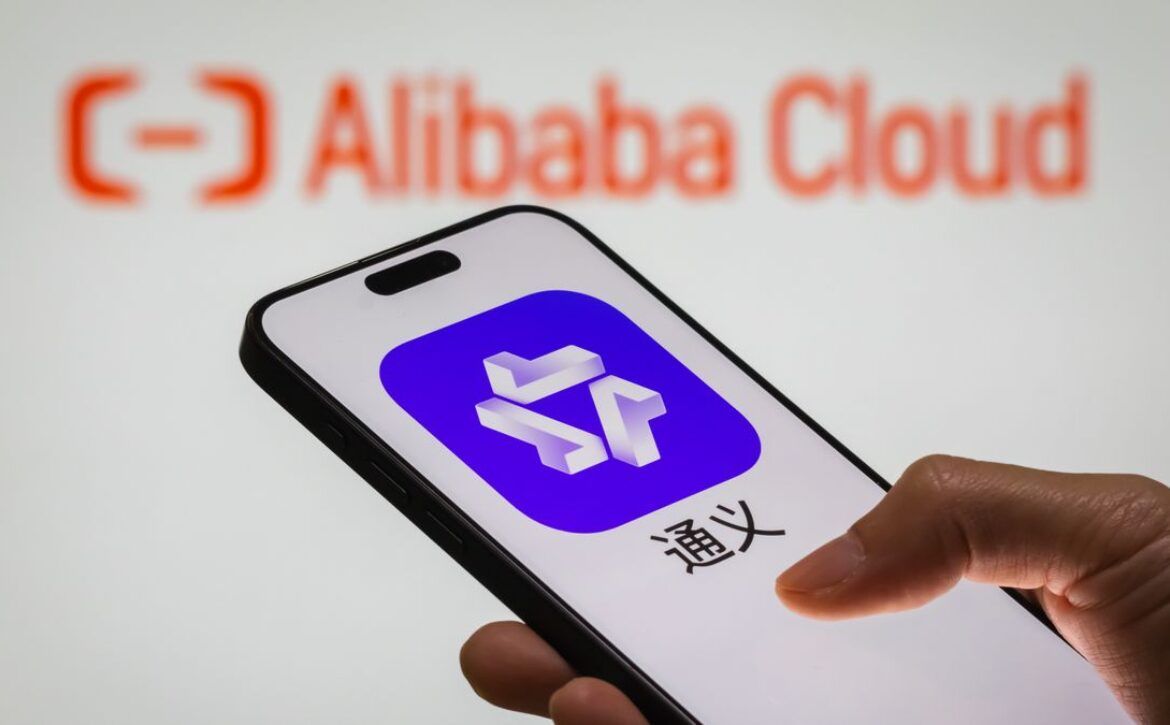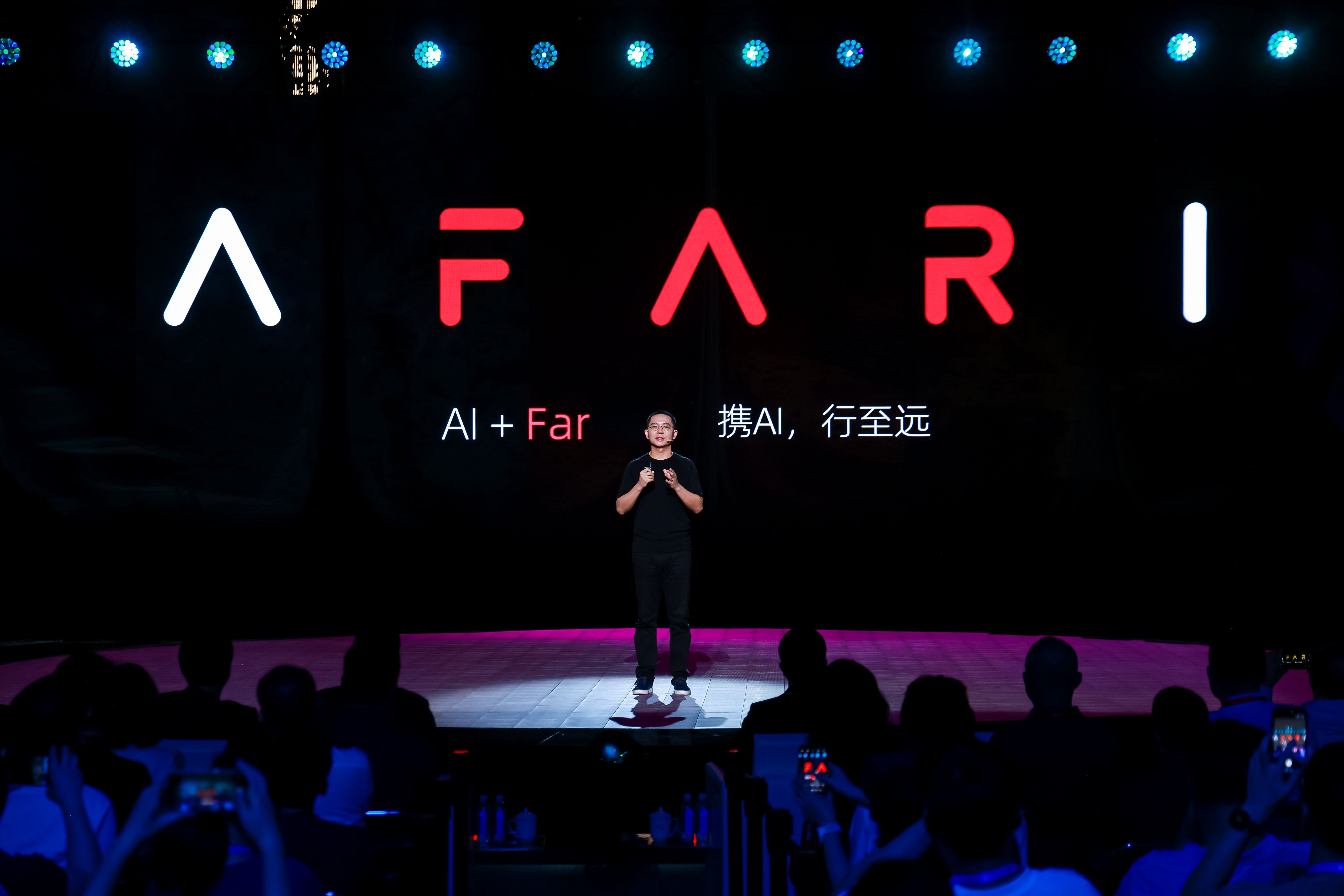
XPeng Motors Automatic Driving Responsible Person Experiences Tesla FSD
Want to read in a language you're more familiar with?
XPeng Motors' autonomous driving head experiences Tesla FSD: Significant differences in road conditions between China and the United States, XPeng is more suitable for complex Chinese road conditions.
Recently, XPeng Motors' head of autonomous driving, Li Liyun, conducted an in-depth experience with Tesla's FSD (Full Self-Driving) V13.2 version in Los Angeles, USA, and shared his user experience.
During the testing period in Los Angeles, Li Liyun encountered wildfires and traffic control, resulting in relatively fewer vehicles and pedestrians on the road, which prevented a full test of FSD's performance in complex scenarios. Nevertheless, FSD performed excellently in terms of overall peace of mind, efficiency, and comfort, leaving a deep impression on Li Liyun.
Li Liyun also mentioned that when faced with unique Chinese scenarios such as U-turns and roundabouts, FSD would choose to detour to avoid them. However, when encountering common Chinese "three-wheelers," FSD showed hesitation and required manual intervention to complete the detour.
Li Liyun pointed out significant differences in road conditions between China and the United States. American roads are well-organized with relatively lower traffic volume compared to China's complex traffic participants including over 300 million electric bicycles. These differences lead to varying application strategies for autonomous driving technology in different countries. Tesla's FSD exhibits more boldness in the US context especially under its "hurry mode" with a more aggressive driving style. In contrast, Xiaopeng Motors' autonomous driving system focuses more on training for game-like scenarios with a proactive driving style better suited for China's complex road conditions.
According to the latest annual data released by XPeng Motors, the penetration rate of its smart driving users has reached 97.3%, with the urban user penetration rate of P7 + smart driving owners reaching as high as 99%. The cities with the highest usage rates of smart driving include Shanghai, Guangzhou, and Hangzhou. These cities have extremely complex road conditions, which pose very high requirements for the competitive ability of autonomous driving technology.
After experiencing Tesla's FSD, Li Liyun also discovered many areas worth learning from, such as the stylized management of intelligent driving and roaming parking functions. He revealed that XPeng Motors' roaming parking function is already in development. In addition, Li Liyun emphasized that data training is key to the development of autonomous driving technology, and XPeng Motors is accelerating the enhancement of computing power, expecting to achieve a data processing capacity of billions of clips by 2025.
SEE ALSO: Xpeng Co-Founder He Xiaopeng Responds to Tesla’s “Tribute” to Vehicle Design





